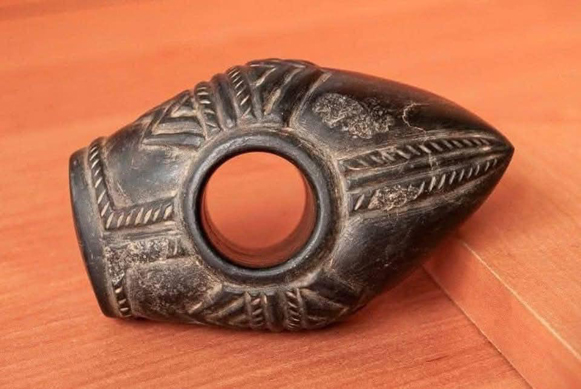Catacomb culture
Catacomb culture. Bronze Age culture that existed in the Ukrainian steppes from the late third millennium BC to the early second millennium BC and was a continuation of the Yamna archeological culture complex. The Catacomb culture was analyzed by Vasilii Gorodtsov after his excavations of kurhans in the Donets River valley in the 1900s. Relics of the culture are widespread in northern Left-Bank Ukraine and are also found in Right-Bank Ukraine, the coastal region of the Sea of Azov, the Crimea, along the Don River, and in the steppes of Kalmyk ASSR. The tribes of the Catacomb culture practiced herding and primitive subsistence farming and produced metal objects. During its existence the patriarchal system replaced the matriarchal order. The dead were usually buried in a crouched position in catacomb niches of burial pits and sprinkled with red ocher dye. Excavations of the graves revealed spherical clay pottery, flint knives, bronze implements, and silver ornaments. Major excavations took place in the 1950s at the Kut burial site, which is now inundated by the Kakhovka Reservoir on the Dnipro River. The tribes of the culture are known to have had cultural and trade relations with the peoples of northwestern Caucasia.
[This article originally appeared in the Encyclopedia of Ukraine, vol. 1 (1984).]

